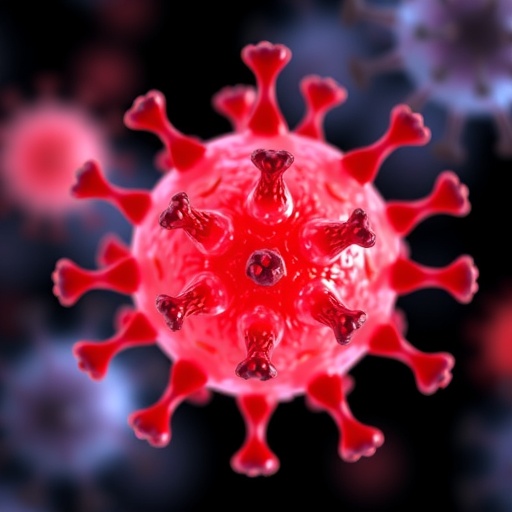From kids walking on the beach to major museums, the amazing diversity of conch shells have captivated the eyes of collectors.
And with more than 50,000 estimated living species bearing a shell, scientists who study the phylum Mollusca have long sought to understand the molecular underpinnings behind the beautiful array of shell patterns and colors.
In a new study published in the journal Molecular Biology and Evolution, author Bernard Degnan et al. have begun to peel back the complex gene networks that control the secretions from the outer layer of cells on the mantle. In the largest study ever performed, the authors generated a transcriptome (the complete gene expression network) from 11 different bivalves and gastropods.
From their detailed analyses, surprisingly, they found no unique model or common molecular toolkit behind making every shell. Rather, within the organic layer of a shell, each species has seemed to evolve its own shell "secretome." As it secretes the shell, each mollusk mantle uses a mixture of ancient evolved genes (long before the major mollusk evolutionary radiation 500 million years ago) and more recently evolved genes.
They found that the genes encoding secreted proteins that evolved before the evolution of mollusks are being continually "co-opted" into the mantle gene regulatory network through the evolution of mollusks. The authors conclude that across distant and closely related species, both co-option of existing genes and the rapid evolution of novel genes have been recurring themes in the diversification of mollusk mantle transcriptomes.
Despite this diversity, they did find structural commonalities in all the shell proteomes; among them were the abundance of repetitive low complexity domains (RLCD-containing), extracellular matrix and cell surface proteins.
With pride, collectors now can possess the knowledge that for every species, each species makes a shell as unique as a fingerprint.
###
Media Contact
Joseph Caspermeyer
[email protected]
480-258-8972
@OfficialSMBE
http://mbe.oxfordjournals.org/
############
Story Source: Materials provided by Scienmag




